As I sit and look through the thousands of pictures I took, of my month long trip to U.K., Ireland, Wales and Scotland trip this summer, I keep returning back to those of Kilmainham Jail in Dublin. Steeped in its history, its reason for existence and the tour we took through its narrow, dingy corridors and execution courtyards, fill my head up. A tour of the Kilmainham prison opens the windows to the past and gives the visitors another layer of understanding of Irish history. This was, therefore, one of the reasons why Kilmainham was a part of our itinerary.
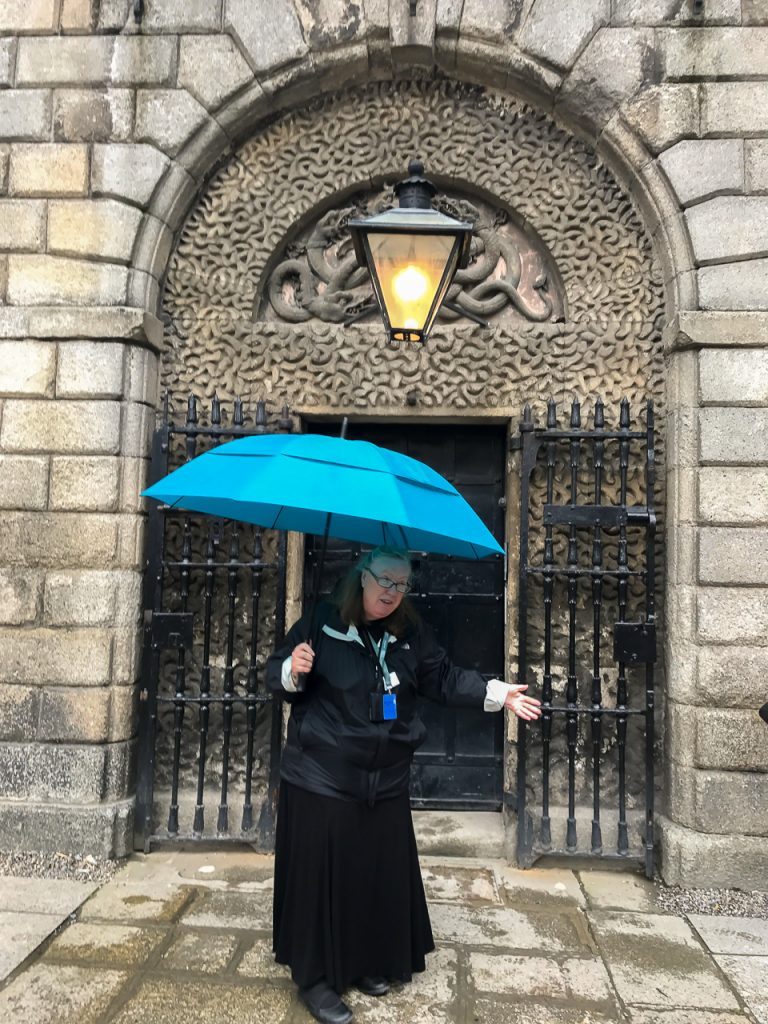
Considered one of the most beautiful doors in Ireland, the main door of the Kilmainham Gaol ( jail/ prison) hides a haunting, uncanny past. The five snakes entwine in chains in the hydra motif design above the door and represent the five deadly sins that opened the gateway to the gallows. They were treason, murder, larceny, rape and arson. Behind these doors, men and women languished in cramped cells and fourteen freedom fighters of the Easter Rising of 1916 were executed in the yard beyond.
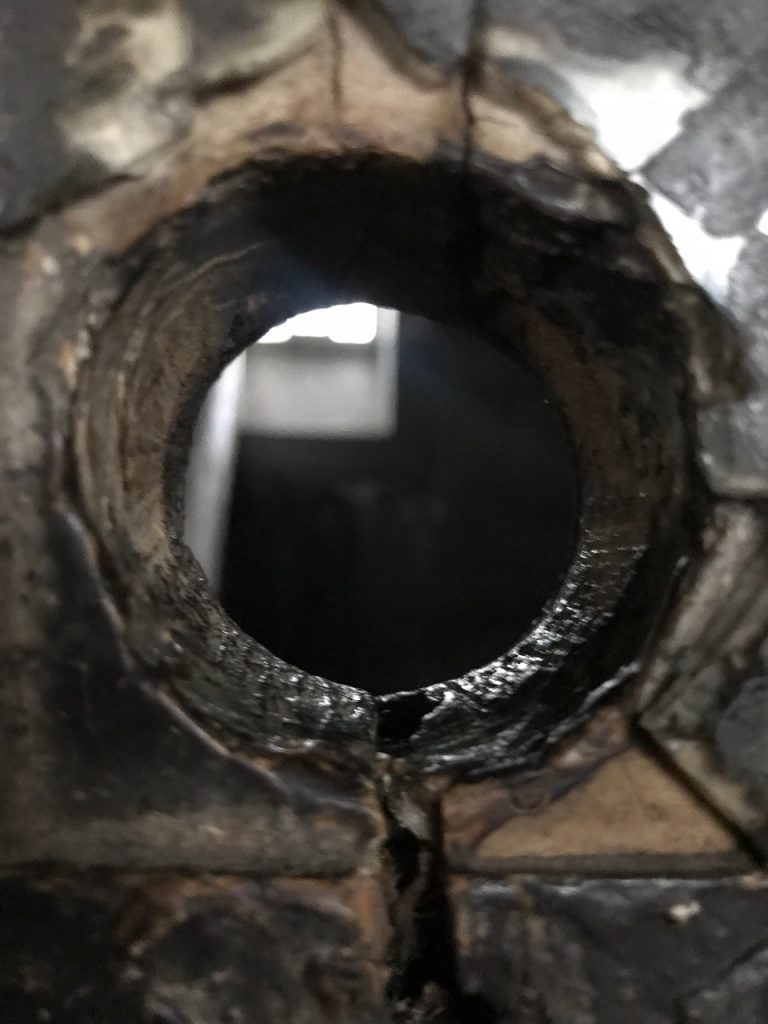
As the tour begins, there’s a certain sobriety in the air. Instantly, one is transported back in time and the story of the Kilmainham Gaol unfolds. Built in 1796, this Gaol not only housed men and women but children as young as seven years old, were imprisoned in cold, damp cells with only a single candle for light and heat. Since the candle was to last the prisoner for two weeks, it can well be imagined, that most of their time was spent in the cold and the dark. The Gaol was used as a depot for convicts who had been sentenced to transportation to Australia. Australia was chosen for its remoteness by the British much like the Cellular Jail in Andaman and Nicobar Islands where during India’s struggle for Independence many political leaders such as Vinayak Damodar Savarkar and Shadan Chandra Chatterji were exiled to the remote archipelago. Drawing a parallel, much like Kala Pani, many convicts were transported to Australia for petty crimes, while a significant number were political prisoners.
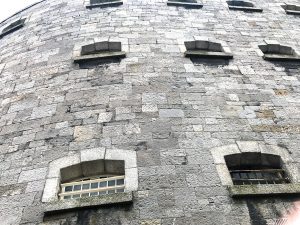
The Kilmainham Gaol is occupied with history but remains as one of the biggest unoccupied prisons in Europe.
Despite poor conditions and overcrowded cells, during the famine, some people committed crimes in order to be admitted into the prison, where they were at least guaranteed a basic diet. The Gaol was so crowded in those years that the prisoners slept in the corridors.
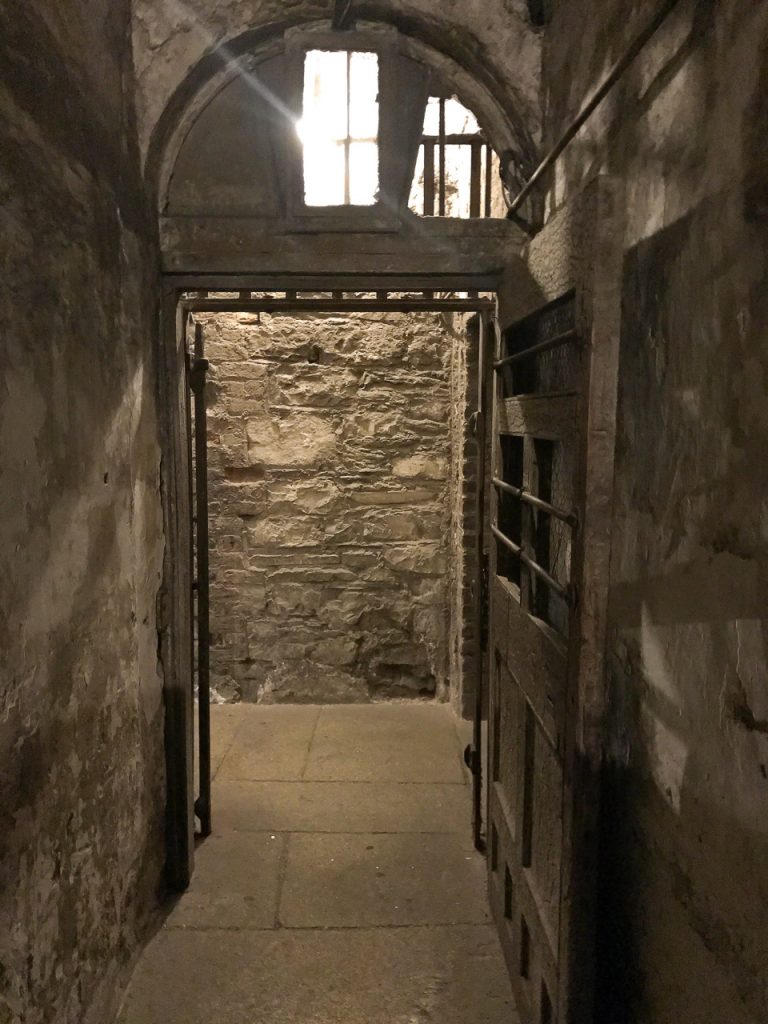
What makes Kilmainham Gaol significant to the Irish struggle for Independence? As we moved from one wing to the other, we stopped in front of the prison cells that housed famous Irish nationalists such as Robert Emmet, Charles Stuart Parnell and the leaders of the Easter Rising. As our well-informed guide narrated a brief background about the Irish Struggle for Independence, we connected deeper with the spirits of the brave men that once walked the echoing corridors of this prison. On Easter Monday, April 24, 1916, a group of Irish nationalists proclaimed the establishment of the Irish Republic and, along with some 1,600 followers, staged a rebellion against the British government in Ireland. The rebels seized strategic locations in Dublin and clashed with British troops. Within a week, the insurrection had been suppressed and more than 2,000 people were dead or injured. The leaders of the rebellion soon were imprisoned in Kilmainham and executed. Leaders including Padraig Pearse, Joseph Plunkett and Thomas Clarke were hailed as martyrs. In 1921, a treaty was signed that declared the Irish Free State or the modern-day Republic of Ireland.
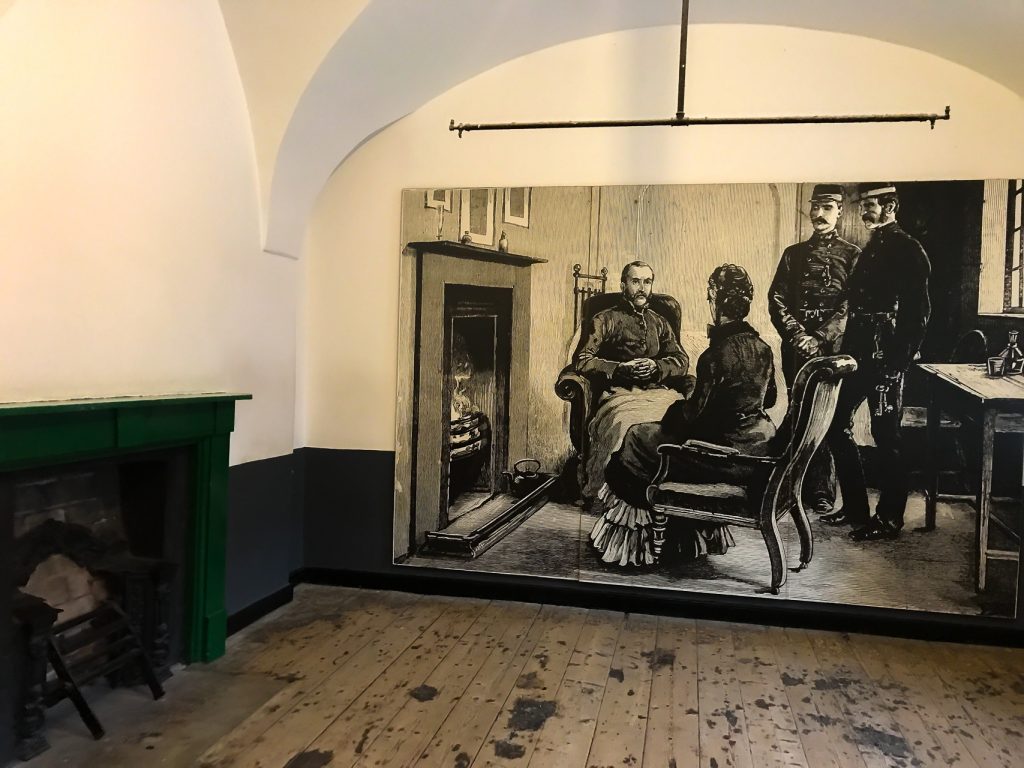
The prison of Charles S. Parnell, an Irish nationalist politician, was the fanciest. Imprisoned in Kilmainham Gaol in 1882 he was released later.
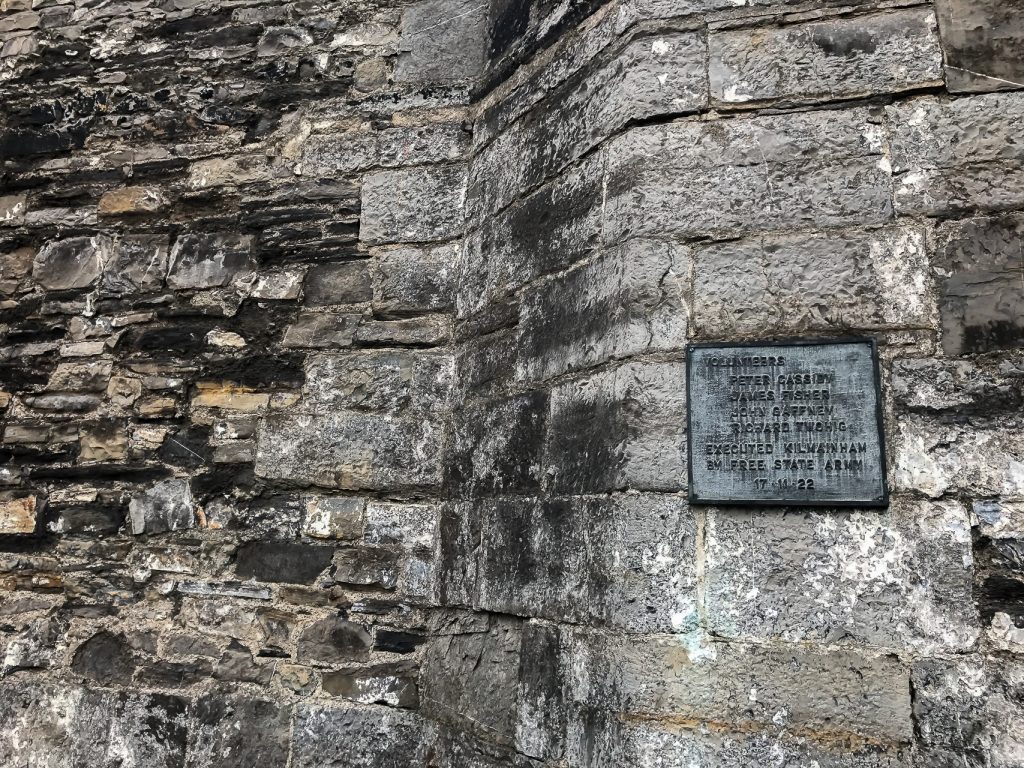
The history of the gaol is very interesting and the tour, which lasts about an hour starts in the courthouse and goes into the cells and also the yard where some prisoners were executed. “The pain still lingers deep in the heart of the Irish “ our guide tells us. “Fourteen leaders of the Easter Rising were shot in the Stonebreakers’ Yard”. We see the place where James Connolly, the last of the leaders was executed. Severely wounded in a battle by his captors, he had to be carried to the courtyard tied to a chair for his execution. The prison was closed in 1924, but during the restoration, later on, a plaque was created and posted in that same courtyard, naming every single one of the brave men who died there. Their only crime was a dream of independence for Ireland.
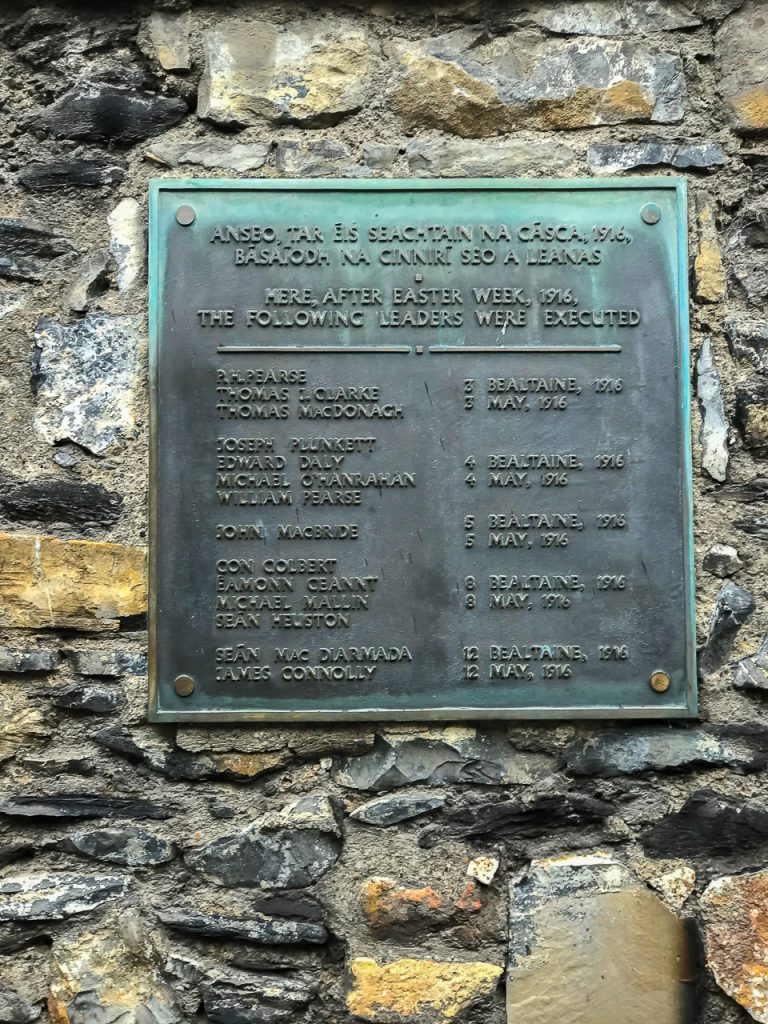
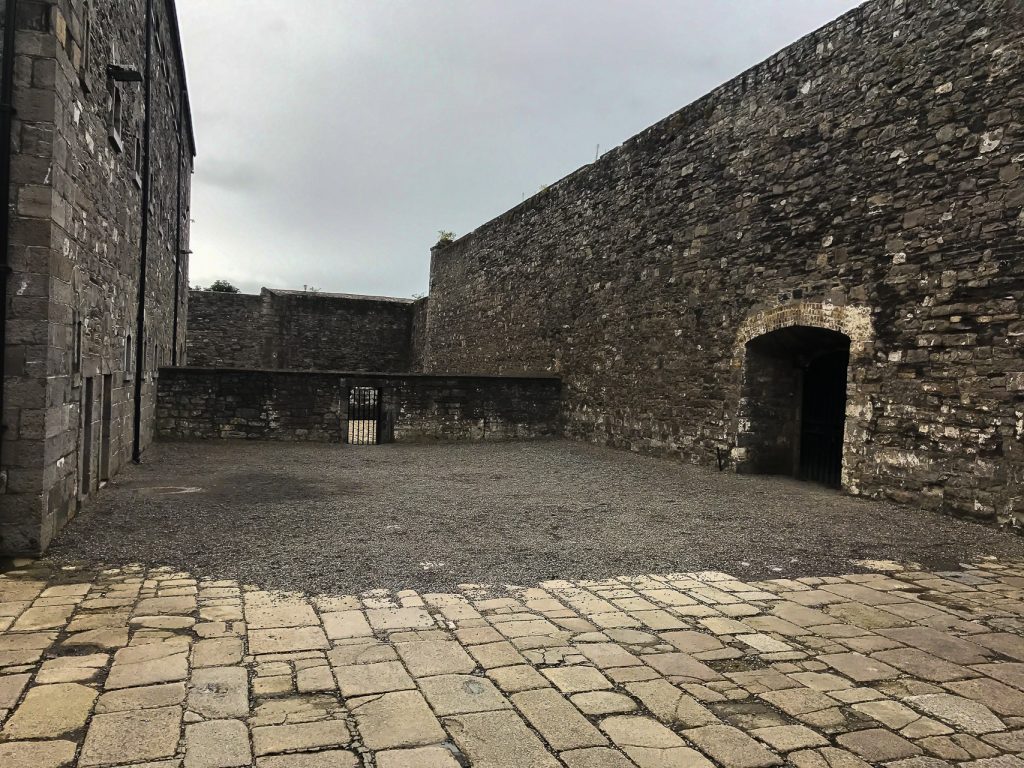
The small yard where the prisoners were allowed to walk for one hour.
The jail decommissioned in 1924, wherein it remained unoccupied and deteriorated until the 1960s when it was finally restored and preserved as a museum. To earn some revenue, it permitted film shoots and a few popular films such as The Italian Job, The Escapist, Michael Collins have been filmed in the Gaol.
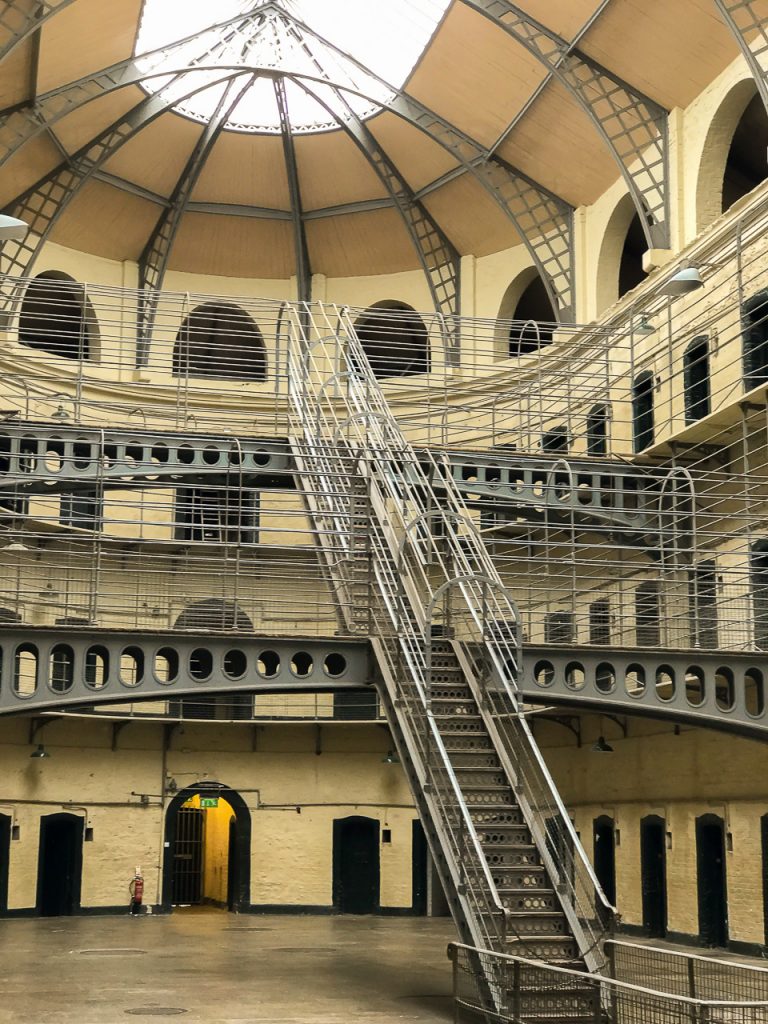
Many movies have been filmed in the Gaol.
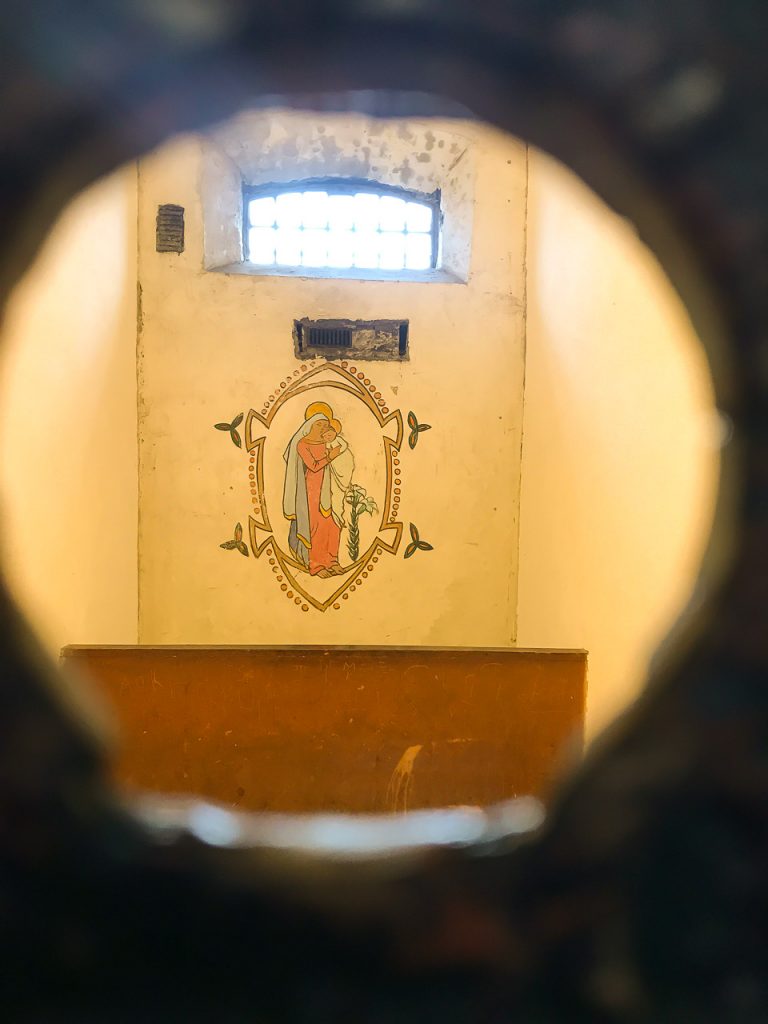
Mural of a Madonna painted by Grace Gifford Plunkett while she was held during the Civil War.
A tour of the Kilmainham Gaol leaves a lasting impression. The history of sacrifice, struggle and hardship of the Irish and the spectrum of personalities who walked to the gallows for the independence of their country will forever be etched in my mind. The Kilmainham Gaol is definitely a “must go to’ place in Dublin.
Address: Inchicore Road, Kilmainham, Dublin 8
Telephone: 01-4535984
Website: Heritage Ireland – Kilmainham Gaol
Opening Times: April to September daily 9:30 AM to 6 PM (last admission 5 PM), October to March Monday to Saturday 9:30 AM to 5:30 PM (last admission 4:30 PM) and Sunday 10 AM – 6 PM (last admission 5 PM), closed December 24th, 25th, and 26th.
Travel Tip: Buy your tickets on the official website to guarantee a spot on your preferred date and time.

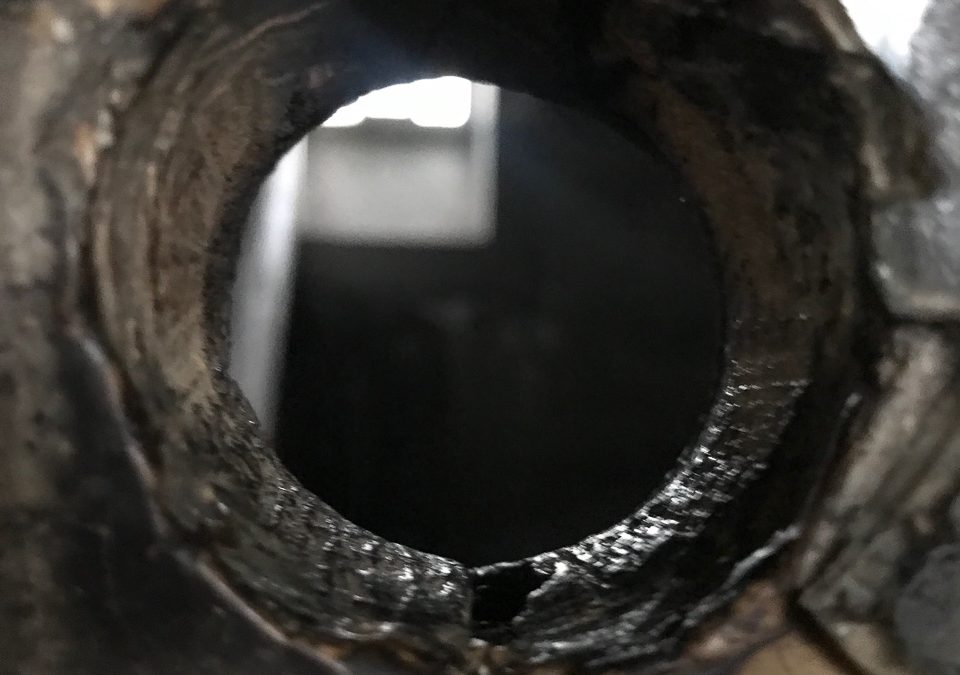

A very nice travel story with great composition of pictures. Facts, personal touch, great pictures which bring out the essence of the place thats what all can ask for in any travel post. Superb work. Keep going.
Thank you so much, Anindya. Your words are encouraging.